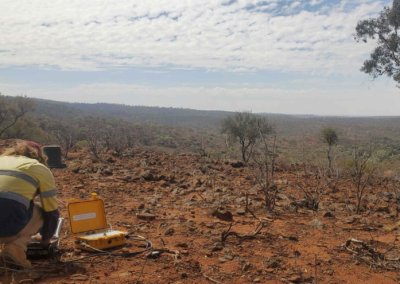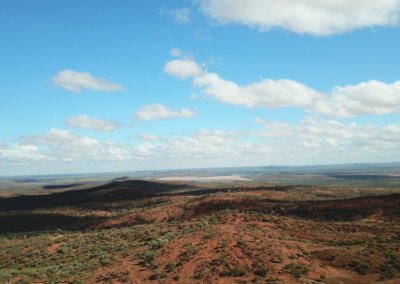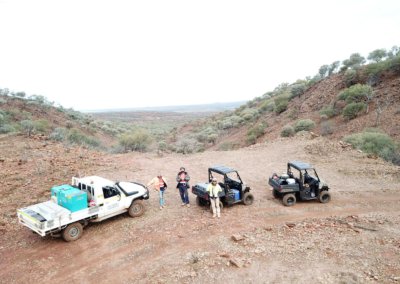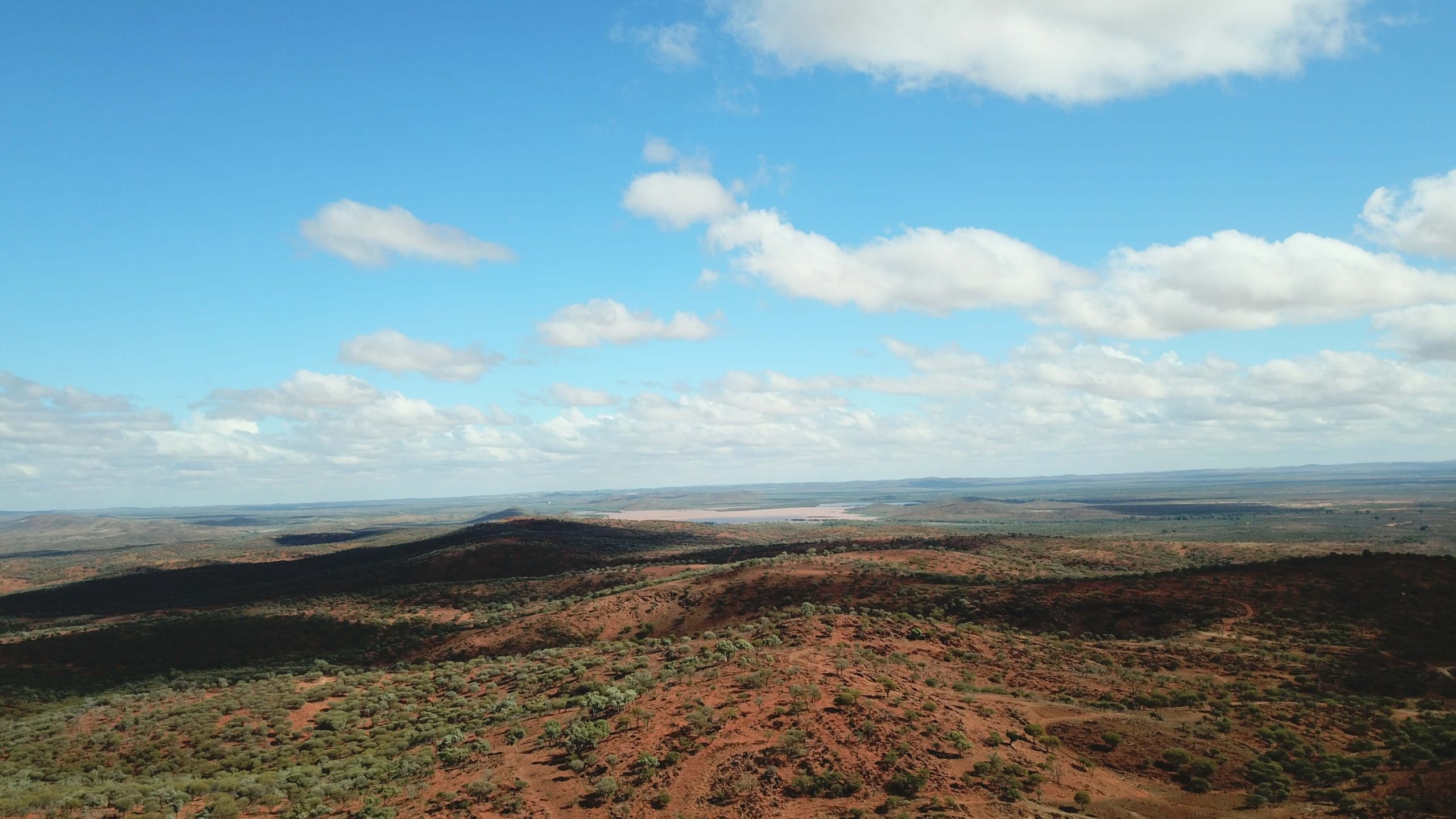
other Australian States
notable resource provinces
The Curnamona Province extends from Olary, in the northeast of South Australia, 450 kilometres north east of Adelaide, to east of Broken Hill across the New South Wales border. Broken Hill Domain in the east (largely in NSW but extending a short distance into SA). The Curnamona Province has a long history of exploration following on from the discovery of the world-class Broken Hill Pb–Zn–Ag deposit in 1883. Numerous mineral occurrences have been located throughout the district. The major challenge facing exploration in the region is exploring effectively through thick transported regolith.
The Gawler Craton is an extensive region approximately 440 000km2 of central South Australia. In 2001, Minotaur Resources — now Minotaur Exploration (ASX: MEP) — put the Gawler Craton back on the mining map when it discovered the huge Prominent Hill copper-gold deposit south-east of Coober Pedy in South Australia. It was, says the present Prominent Hill mine operator, OZ Minerals (ASX: OZL), “a stand-out greenfield discovery in Australia”.
The Eucla–Gawler region (Nullarbor Plain) is a major geological frontier, the region lies between two of the most prospective geological regions in the world, the Yilgarn Craton to the west and the Gawler Craton to the east. However, the extensive sedimentary cover associated with the Eucla Basin has led to the bedrock underlying this region being very poorly represented and understood.
The North Australian Craton is one of Australia’s major mineral provinces, containing the world’s largest zinc-lead-silver province, and major uranium, copper and gold provinces. It underlies around 80% of the Northern Territory. It extends into WA, where it includes the Halls Creek and King Leopold orogens and Kimberley Basin, and into Queensland where it includes the Mount Isa, Georgetown and Coen inliers. The Arunta region contains a number of mafic and mafic-ultramafic intrusions of varying size and age. Some of these bodies have potential for orthomagmatic nickel-copper and platinum-group-element deposits.
Rocks of the Mount Isa Province are exposed over an area in excess of 50 000 km2 in north-west Queensland, roughly centred on the township of Mount Isa. Since the discovery of copper and gold near Cloncurry in the 1860s the rocks of the Mount Isa Province have been significant producers of copper, lead, zinc and silver. Significant resources remain, with the Mount Isa Province containing 21.2% of the world’s lead resources, 11% of the world’s zinc resources, 5% of the world’s silver resources and 1.7% of the world’s copper resources.
Tasmania lies at the southern extension of the 1000-km wide Tasman Fold Belt, which occupies the eastern third of the continent. A significant discovery was the Avebury nickel deposit in 1997. It is an unusual hydrothermal nickel deposit hosted by ultramafic rocks.
– Geoscience Australia; Geological Survey WA.
“People had a fear of using the word “boom” but it’s a fitting description of the current environment, with the industry experiencing a sustained period of substantial growth. We’re going through a period that’s been as good as we’ve seen probably in 20 or 30 years. We’re at the sort of numbers that were at the height of the last mining boom back in 2010, 2012.”
– ABC Rural, ABC News Media
14th February 2022
Geophysical exploration surveys
GEM have a deep understanding of geophysical concepts together with quality data acquisition methods. We have the know-how to apply this knowledge to various geological landscapes. Enabling us, to not only meet, but often go beyond our client’s exploration expectations. Presently, demand for SQUID technology and GEM’s dedicated operational experience, remains exceptionally high.




